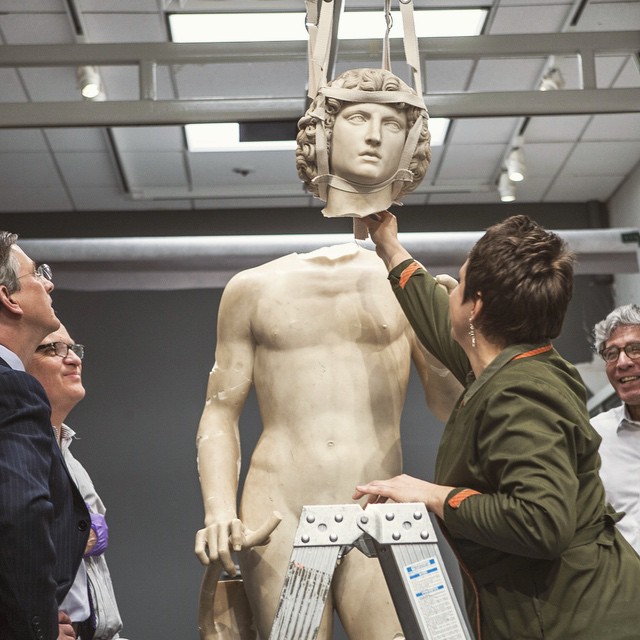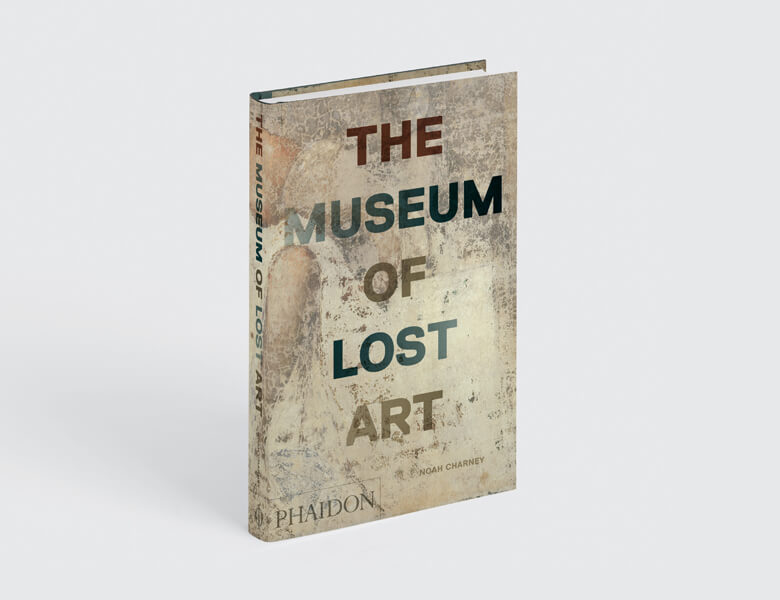
Noah Charney tells CBS viewers how one lost work was saved
The Museum of Lost Art author shared the miraculous story of Tullio Lombardo's Adam with This Morning's audience
The number of lost works of art is far greater than the amount of extant, properly accounted-for pieces, as Noah Charney explains in his new book, The Museum of Lost Art. “There are endless works of lost art," he writes, "far more than have survived, far more than fills the thousands of museums the world over, the hundreds of thousands of churches and temples, the millions of homes.”
While the stories behind these missing pieces are thrilling, we should all be grateful for the few works that have – despite the odds – been saved from that phantom museum’s inventory.
Noah appeared on the popular CBS TV show This Morning at the weekend, to discuss one such work: Tullio Lombardo's Adam. This Renaissance masterpiece was created in the early 1490s, and survived until 2002, when the wooden plinth supporting the work collapsed at New York’s Metropolitan Museum of Art, “bringing Adam down with it,” writes Charney in his book.
“The marble statue shattered into hundreds of splinters, along with twenty-eight more significant chunks,” Charney explains. “It was a disaster, but for Met marble conservators.”
The Met’s team of more than a dozen specialists spent twelve years working on the restoration project, and even took the sculpture to hospital CT scanner, to diagnose any unseen breaks.
The result was so successful that the museum exhibited the repaired artwork in 2013–14 alongside videos showing the behind-the-scenes process of research and conservation.
“Credit has to go to the conservators, not only for their technical skill,” Charney told CBS’s Dana Jacobson, “but also for the fact that they didn't give up on something that was in hundreds of splinters. You might throw up your hands and say it's a lost cause, but now it looks as good as new.”

For more on Tullio Lombardo’s Adam and many other works that weren’t quite so fortunate, order a copy of Noah Charney’s Museum of Lost Art.